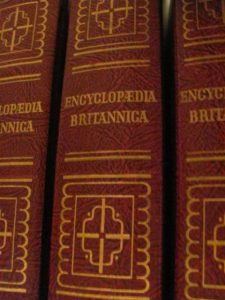I’ve just started Emily Urquhart’s ‘Ordinary Wonder Tales,’ a collection of essays woven from her personal stories, her studies in folklore and everyday wonders.
Her first essay springs from a haunting she experienced as a child in France. It instantly reminded me of my own haunting story. (I’ll leave you to read her story in her book.)
Many many years ago (nearly 50!) my husband and I were guests in a very old, very picturesque, very cosy, thatched cottage in Suffolk.
In the middle of the night I woke to feel a little body snuggling up between my husband and myself. I peered down the bed. Nothing there. Just a dream, I told myself.
The following morning, out on a walk with our hosts and their other guests, I surprised myself by asking if there happened to be a ghost in the house.
A quick uncomfortable glance between our hosts.
“A small being, a child or perhaps a dog. It wasn’t scary,” I said to reassure them. “It was just…there.”
Turned out, yes, the house had a ghost. They didn’t know what kind of ghost. Like me, they guessed a child or dog. “But we’ve told it not to go into that room,” one of them said. “We’ve been very firm that it’s not allowed in there. If it must haunt, it can come into our room.”
“It’s up to the storyteller to believe or doubt their experience.” Ordinary Wonder Tales p.23
I have another haunting story from Suffolk, although it’s not really mine, from a year or so later, when we had our own little cottage.
Our next door neighbour, a very elderly lady who lived in an old old cottage, told us over tea one afternoon that the day before a gentleman dressed in the Jacobean style (ruff, doublet, puffy trunk hose, stockings) had passed through her sitting room as she drank her tea. He paused to bow courteously to her before continuing on his way. She showed us the spot on the wall where he’d exited.
“Haunting narratives are dual stories because one listener might hear it as true while the other understands it to be fiction. It’s a question of perception…” Ordinary Wonder Tales p.21
This lady also told us that once, years before, the local undertaker had parked his hearse (complete with coffin and body to be ready to take to the church for burial the following day) on the other side of the lane from our two cottages. Come morning, the hearse was still there, but coffin and body gone.


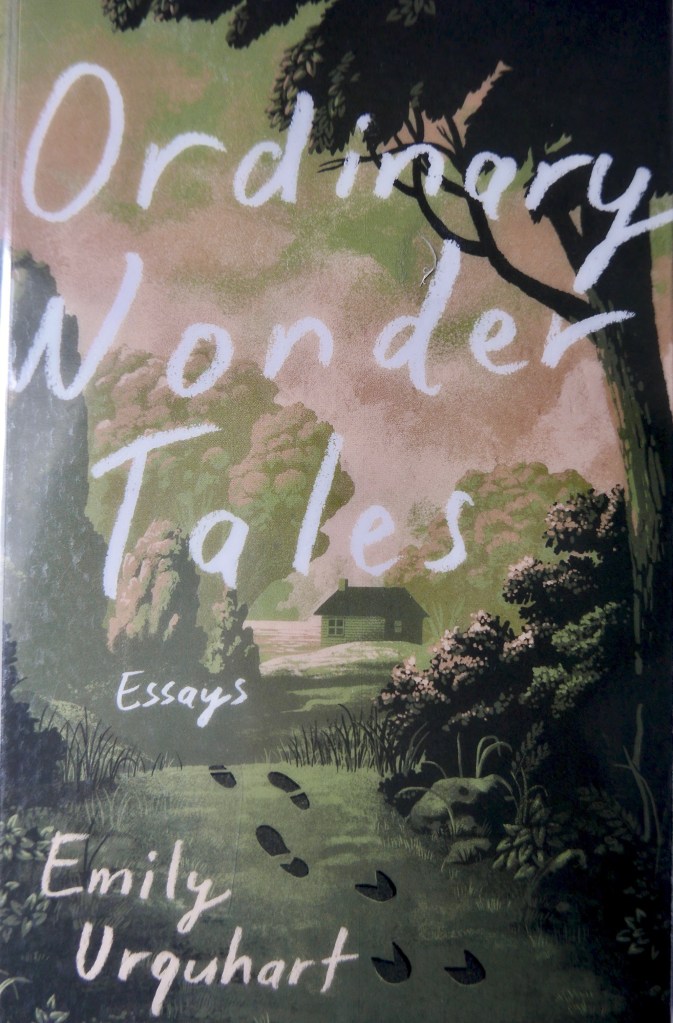

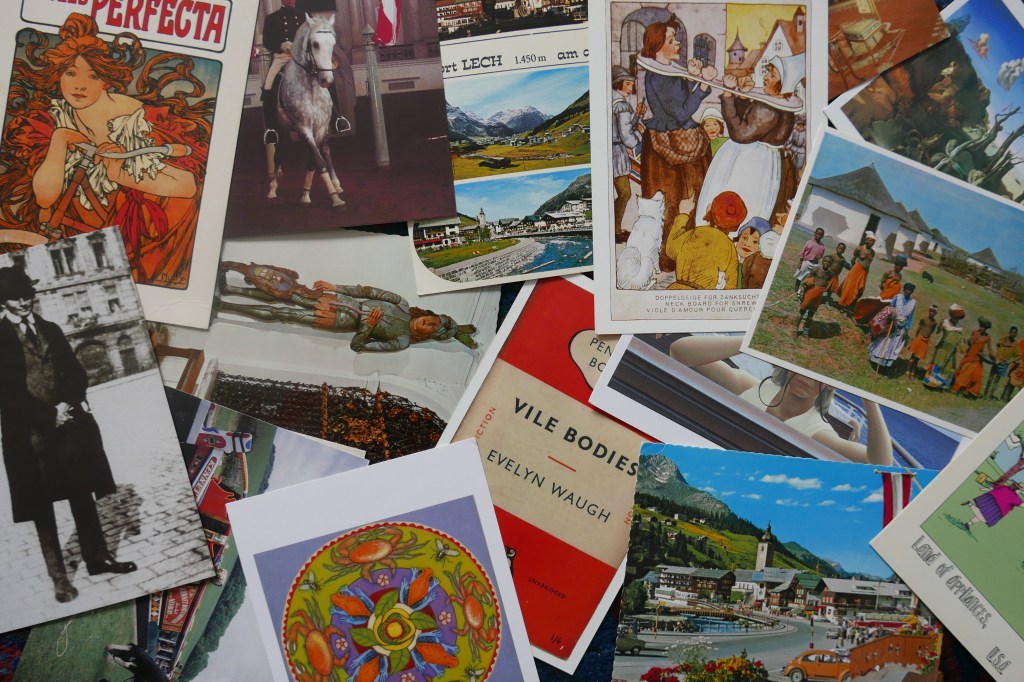

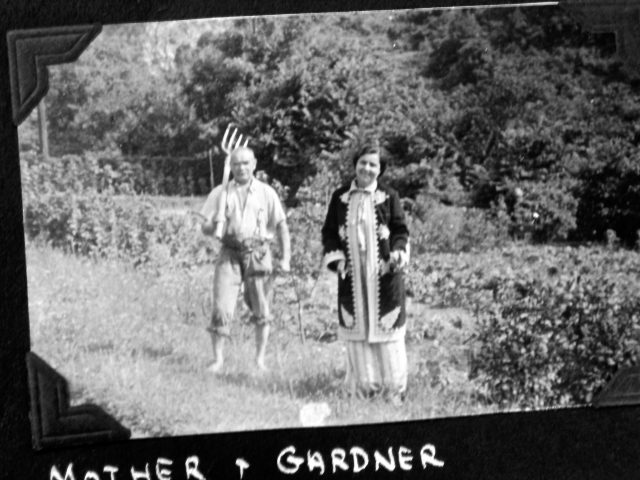

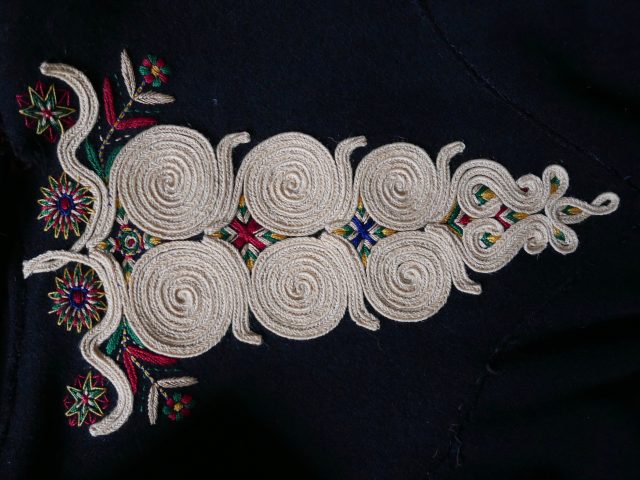

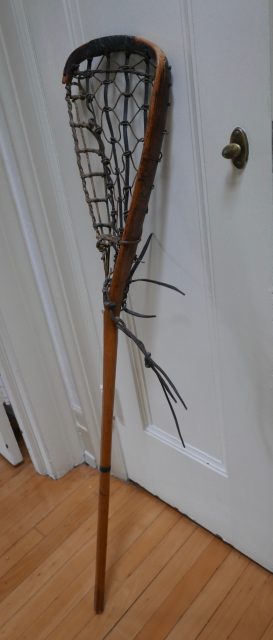

 I never knew there was a United Nations International Mountain Day until I started researching mountain eco-systems for the novel I’m working on.
I never knew there was a United Nations International Mountain Day until I started researching mountain eco-systems for the novel I’m working on.



